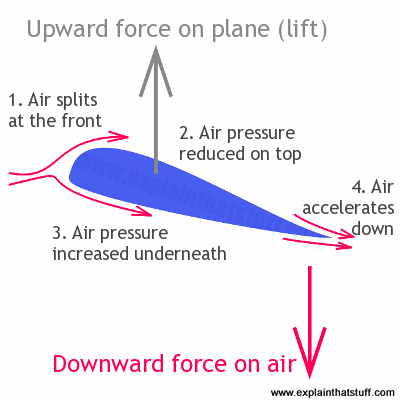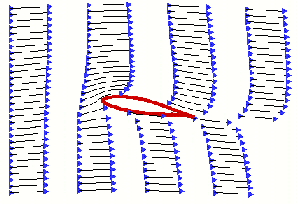murphey
Touchdown! Greaser!
In between contracts, so I'm sitting in the Aerodynamics class at the local university (took it for real 15 yrs ago, thought a review might be fun). The target audience is pilots, not engineers or physics majors. In all fairness, the preface to FT4P states "This book is written for the typical pilots, who has no engineering background and no desire to become involved with mathematical solutions....".
So far, 3 weeks into the semester, it's been slides that simplify the book ("Flight Theory for Pilots"), which is already a simplification of "Aerodynamics for Naval Aviators" and working problems at the end of each chapter, which is exclusively plugging in numbers to the equations.
Day 1 the instructor asked for the definition of a vector. Only 1 other person knew what a vector was. Another student is terrified by the math needed in the class. Really? You can't do simple algebra or look up numbers in a table? How did you get into college? Ok, so you got admitted (this is an opportunity school, which means if you're a resident and graduated in the top 75% high school, you're in) but every student is required to take X number of math classes. And there's free math tutoring almost 24/7.
Should be interesting tomorrow when we cover Bernoulli's equation. Back in the day I could derive it. Should have taken Aircraft Systems instead, but that's turbine airplanes, which I'll never fly. Wanted to take Weather but class was full.
Funny, 15 years ago it was really interesting topic. Definitely dumbed down from back then. I was talking to the instructor after class - he remarked that Physics for Aviation used to be a prereq (and is still listed as a prereq), but it's not enforced, hence no one takes it. So I guess the only prereq now is breathing and using a calculator.
I'm bored. Incredibly bored.
So far, 3 weeks into the semester, it's been slides that simplify the book ("Flight Theory for Pilots"), which is already a simplification of "Aerodynamics for Naval Aviators" and working problems at the end of each chapter, which is exclusively plugging in numbers to the equations.
Day 1 the instructor asked for the definition of a vector. Only 1 other person knew what a vector was. Another student is terrified by the math needed in the class. Really? You can't do simple algebra or look up numbers in a table? How did you get into college? Ok, so you got admitted (this is an opportunity school, which means if you're a resident and graduated in the top 75% high school, you're in) but every student is required to take X number of math classes. And there's free math tutoring almost 24/7.
Should be interesting tomorrow when we cover Bernoulli's equation. Back in the day I could derive it. Should have taken Aircraft Systems instead, but that's turbine airplanes, which I'll never fly. Wanted to take Weather but class was full.
Funny, 15 years ago it was really interesting topic. Definitely dumbed down from back then. I was talking to the instructor after class - he remarked that Physics for Aviation used to be a prereq (and is still listed as a prereq), but it's not enforced, hence no one takes it. So I guess the only prereq now is breathing and using a calculator.
I'm bored. Incredibly bored.




